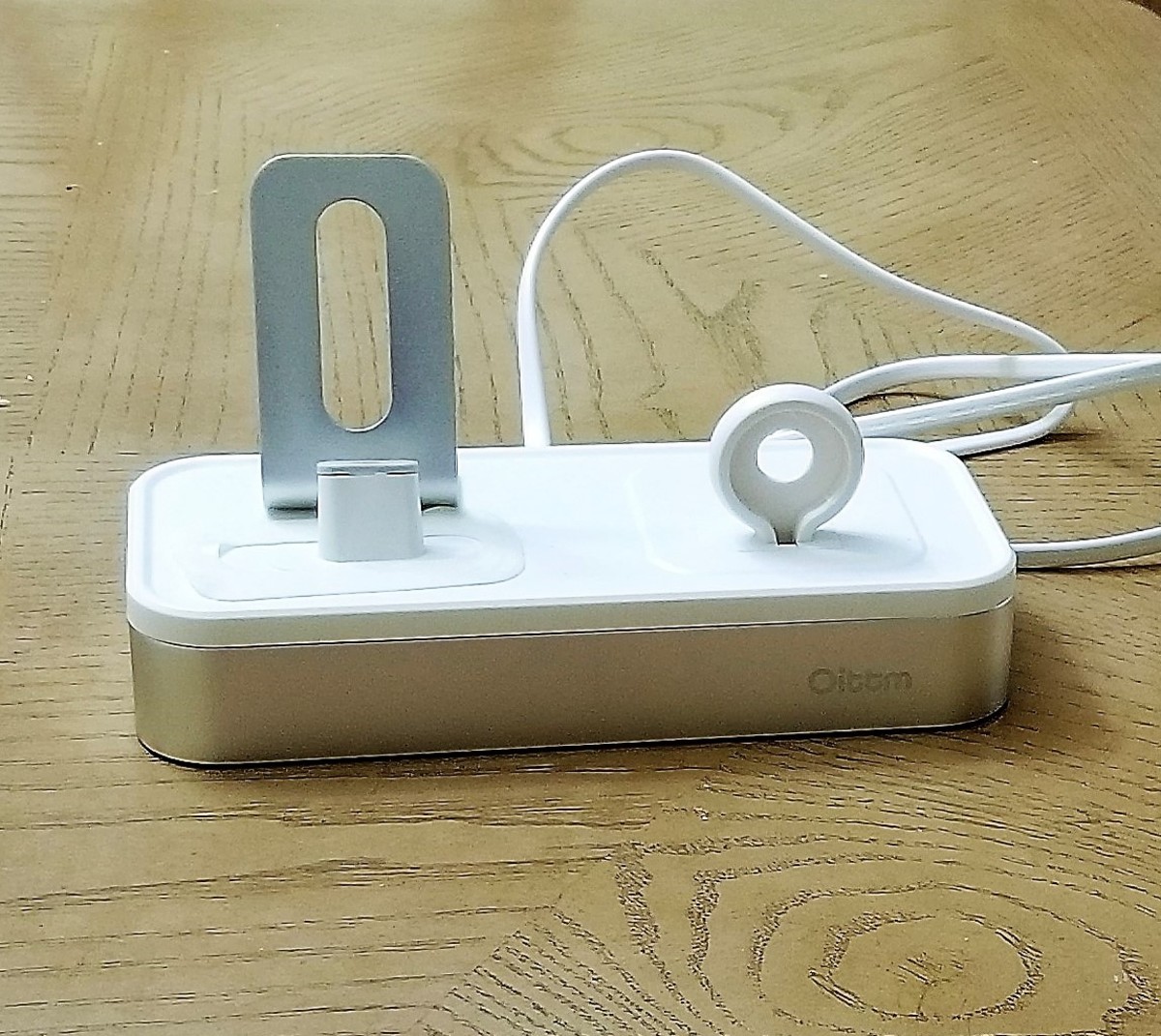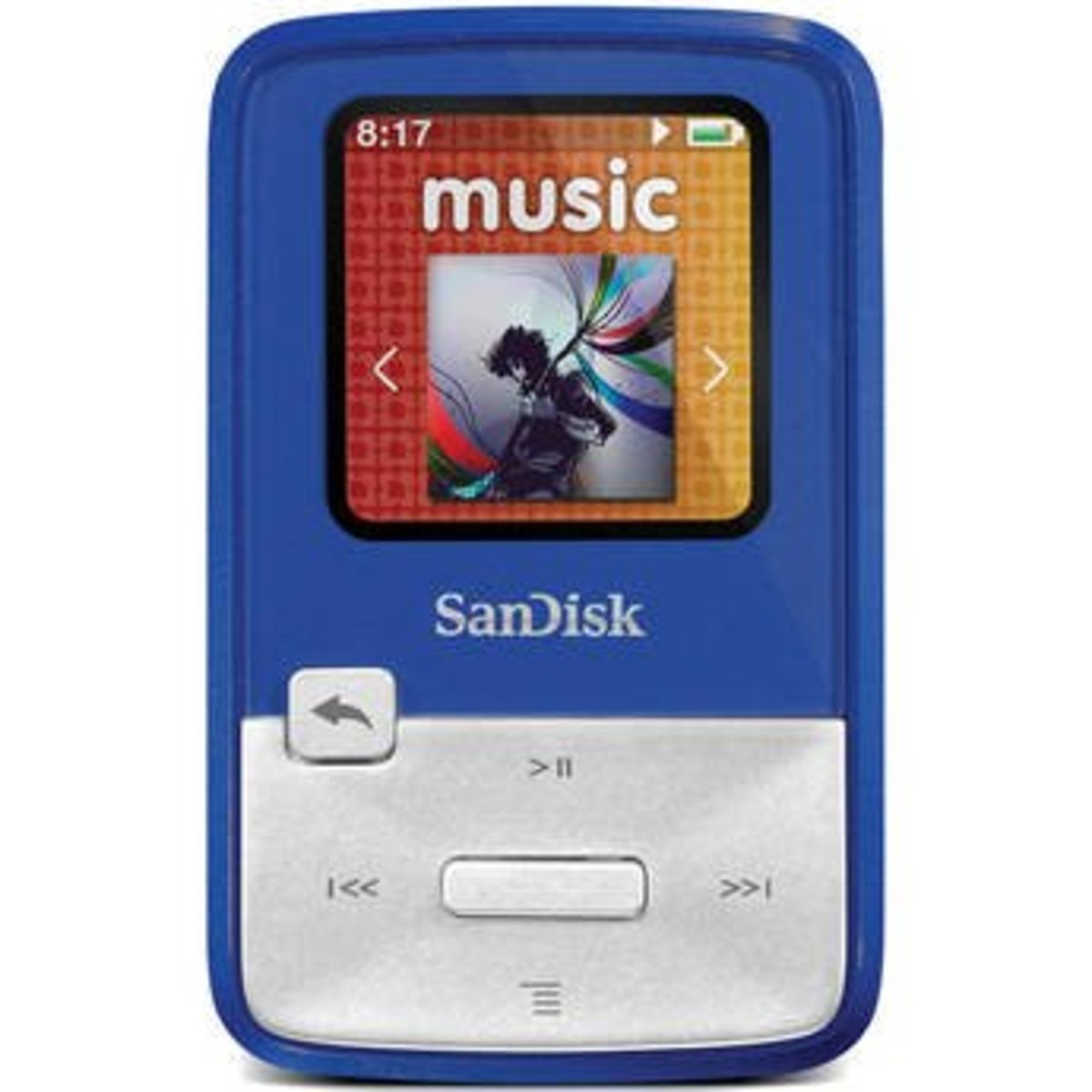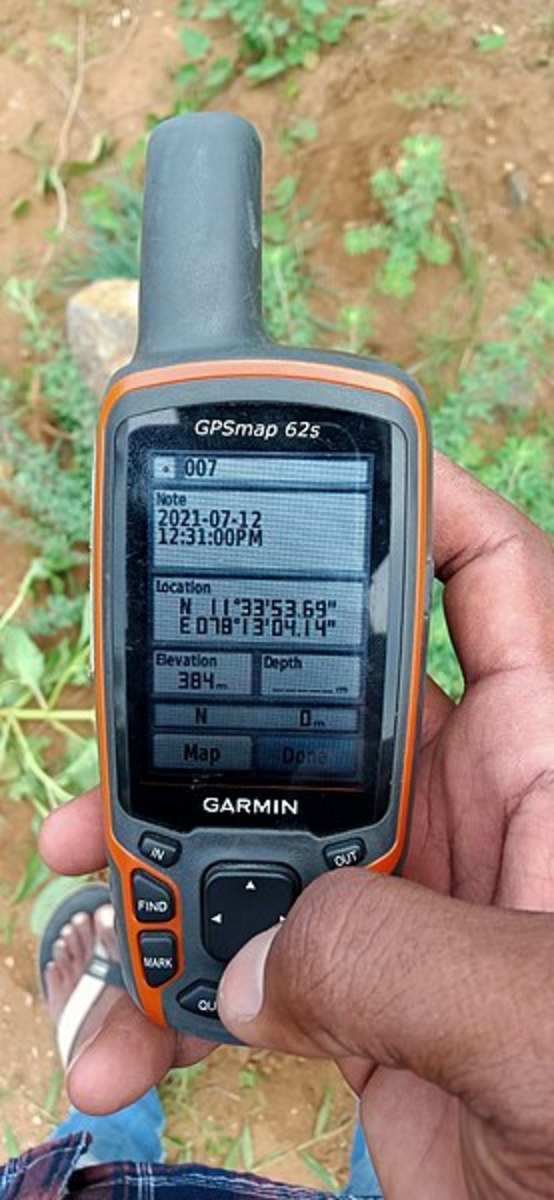Product Evaluation: The Apple iPhone and the Sinclair C5
The reason for this report is to evaluate two different products on the market – one which has been very successful, and one that was unsuccessful – including reasons for both.
The two products I have decided to evaluate are the iPhone and the Sinclair C5. I will look at and highlight the advantages and disadvantages of the products to demonstrate what makes the difference between success and failure of a design on the market.
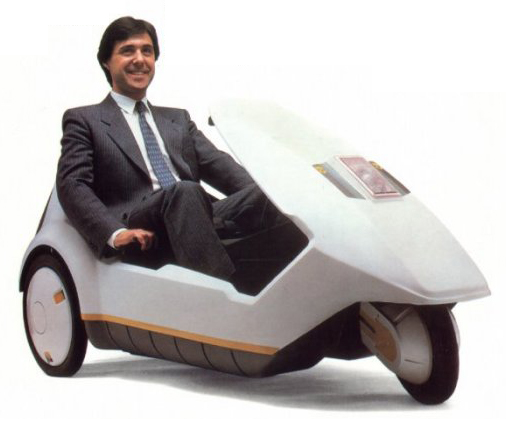
The Failure: Sinclair C5
The Sinclair C5 is an electric motor vehicle that was invented by Sir Clive Sinclair, and launched for production in January 1985. The ‘tricycle’, as it was almost immediately dubbed as, was sold at a price of £395 in the UK, and was powered by a combination of electricity and pedal power. It was able to drive one person at a speed of 15mph – the maximum for a motor vehicle without the need of a driving license.
The Sinclair C5 was an example of market push, coming onto the market as a product that people wouldn’t necessarily need, but would want to buy. However, despite the futuristic and unique appearance, it was a ‘commercial disaster’, selling only 17,000 units before the company reported the end of its production in August 1985. The remaining C5s were sold off abroad after the project folded since UK retailers were no longer willing to sell them. There were many complaints made subsequently, concerning the fact that the C5 wasn’t adapted for use in the UK. The vehicle wasn’t energy efficient, with the cold weather reducing the battery life dramatically, so there was a frequent need to recharge the vehicle’s battery, sometimes even running out of electricity during a single journey. There were a full range of ‘accessories’ that were also available for the vehicle to ensure that it was maintained well, including mud flaps, side panels, and a cover to prevent the interior from getting dirty. However, a total of £34.85 for these – on top of the £395 for the product itself and extra money for any other accessories wanted – meant that many owners of the C5 were apprehensive about making such purchases.
There were also complaints about the C5 being hazardous on busy roads due to its small size. The vehicle was difficult to see for traffic – especially for lorries – and its slow progress along roads made it almost impossible to avoid an accident from happening.
There were a number of fairly short and simple standards that the Sinclair C5 had to meet by law. The cycle - as it was technically called - had to weigh no more than 60kg including the battery; the C5 was able to fittwobatteries without exceeding this. The motor couldn’t be rated at more than 250W and the vehicle had to meet British Standard regulations for cycle braking. The C5 also had to have an on/off switch which was “biased towards off”, and had to have a plate which stated the manufacturer is. As an electrical vehicle it needed pedals to ‘assist’ it, and couldn’t be used by anyone under the age of 14.
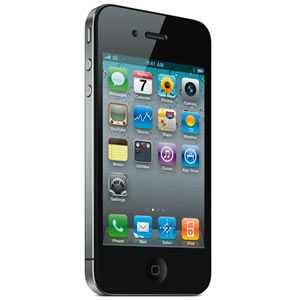
Apple iPhone
The majority of people, if not all, have heard of the Apple iPhone. Since the first version came out in January 2007, sales have rapidly been increasing, making the iPhone one of the top mobile phones to buy. Since then, Apple has made a further four generations of the iPhone: the iPhone 3G, 3GS, 4, and 4S.
Combining a phone, music player, camera and web browser, along with many other apps and games to personalise it to the user’s preferences, it’s no wonder the iPhone is an extremely popular invention. As of March 2011, Apple announced that over 108million iPhones had been sold overall, and with the iPhone 5 reported to be released in March 2012, there seems to be no stopping it.
The iPhone is also an example of technology push; it isn’t necessarily needed by society, but its advance in technology from a simple mobile phone makes it desired by people more than if it only allowed the user to text and call their contacts.
Of course, there were a lot of different standards that had to be taken into account when designing, and finally manufacturing, the iPhone. Mobilephones use radio wave signals to connect to other phones, which is a factor to be considered via the Electromagnetic Compatibility (EMC) Directive. The EMC Directive’s main aspiration is to control the usage of equipment in regards to electromagnetic compatibility. This means that products such as the iPhone must be made so that they do not generate electromagnetic pollution or interference with other signals, and therefore improve the performance of the iPhone. British Standards is another factor that will have been taken into account when creating the iPhone. They are the legislation that all products need to meet to be allowed to be sold in the UK. This protects the customer by ensuring that the product meets expectations and is safe to use before it is put on the market to be sold. Products that meet British Standards will have the BS kite on either the packaging, the product itself, or both. European Standards are similar to British Standards, except the product has to meet the expectations for the whole of Europe so that it can be sold throughout the continent. If a product conforms to these standards, there will be a CE marking on either the packaging or the product itself. If a product such as the iPhone has the CE marking, there is no need to have the BS kite as well; Britain is a part of Europe, so the CE marking initiates that the product is following British Standards as well.
Energy Efficiency
Electrical inventions such as the iPhone and the Sinclair C5 rely heavily on energy to fulfill their purpose as a product on the market. It is therefore important to consider energy efficiency in these products so that it is able to work on a level of input power, and be worthwhile using.
In the case of the Sinclair C5, the vehicle relied on electrical and pedal power to transport the user. However the C5 wasn’t energy efficient due to the significant impact the poor weather in the UK had on the vehicle’s battery life. Complaints were made subsequently concerning the frequent need to recharge the vehicle’s battery after a single ride, and even running out of electrical energy at some stage in a single journey. This is an example of how much the public rely on the concept of energy efficiency, and how not making a product energy efficient can lead to poor sales.
Although Apple takes into account energy efficiency, many reviews have complained about the battery life of the iPhone. However, it is easy to change the settings to reduce the energy consumption, and apps are available to get an idea of what is using up the most energy and customize it to reduce that part’s usage. The majority of users also take into account the variety of different things they use their iPhones for, and what with the practicality to charge the battery, the iPhone is still a very popular and successful product. It has also been claimed by Apple that the iPhone 4S has an increased battery efficiency of up to eight hours by using more energy efficient components.
Environmental Impact
The Sinclair C5 was invented as a more environmentally friendly alternative to motor vehicles, relying on electrical and pedal power as opposed to fuel. This was the main advantage of the product. However, since the battery life reduced rapidly due to poor weather in the UK, the Sinclair C5 needed to be charged more frequently, therefore using more electricity and increasing the impact it had on the environment as a result.
The previous generations of iPhone, according to environmental organization Greenpeace, are full of toxic chemicals that are hazardous to the environment. However the iPhone 4S has been claimed by Apple to use low-energy components and power management software, and even abides by the guidelines of the Energy Star certification system. Apple has also made sure that their manufacturing elements are devoid of toxic substances such as arsenic, brominated flame retardants (BFRs), mercury, phthalates, and polyvinyl chloride (PVC), and the iPhone 4S’s retina display is made of mercury-free LED backlighting and arsenic-free glass. Even the packaging for the iPhone has been changed, using biodegradable potato-starch-based shipping material rather than plastics.
End of life disposal and recycling
Disposal of a Sinclair C5 would have been an easier process than disposing of an iPhone. As a vehicle, it would’ve been easy to disassemble the product at the end of its life, and use parts of it for other products. Although during the 1980s era recycling wasn’t as much of an important issue as it is now, the body of the Sinclair C5 was made from polypropylene (PP), a plastic which is known to be recyclable.
The iPhone, however, is not as easy to disassemble. Mobile phones aren’t always used up to their end of life because there is always a newer version being put on the market which claims to be better, and many customers want to have the newest upgrades. This then concludes to mobile phones being disposed when they are still practical to use. There are now sites which allow people to send them their old phones in return for money, regardless of whether they work or not. Parts of the phones can then be reused for other phones, or recycled.
Conclusion
The difference in success of these two products demonstrates how legislation and regulations have a very significant impact on products on the market. If a product doesn’t comply with British Standards, it cannot be sold. It’s like technical drawings; a technical drawing needs to conform to BS8888 to be able to be interpreted by other people if a discussion is needed about the design. Legislation such as the Health and Safety At Work Act (HSAWA) 1974, and the Control Of Substances Hazardous to Health (COSHH) Regulations 2002 need to be taken into account to ensure that the product is produced to the highest standards without the risk of injury, even fatality, to the employees and to the customer. And in this era, products are now also expected to conform to environmental regulations; products need to be disposed of, whether it’s by recycling, reusing parts of the product for other inventions, or some other form of disposal which is not harmful to the environment.
When the iPhone was being designed and manufactured, there was a significant amount of Regulations and legislation, as opposed to the Sinclair C5, that the product needed to meet. For example, the Electromagnetic Compatibility (EMC) Regulations 2006 aim to make sure that any electromagnetic disturbance generated by electrical or electronic equipment does not exceed the level which telecommunications equipment and other equipment cannot operate as intended. These regulations – along with COSHH and Electricity at Work Regulations – had not been introduced in the 1980s during the invention of the Sinclair C5, and therefore were not considered during its process. This could have been the difference between the Sinclair C5 being a success or a failure – maybe if the regulations had been in effect at the time of making the C5, would it have been made to a higher standard? And if so, would it have been a success?
Both products came to the by technology push, but ultimately only one was a success. The Sinclair C5 – although it was a promotion of using electricity and pedal power as opposed to fuel – wasn’t protected against the weather in the UK, and therefore the cold reduced the battery considerably. Also the motor was underpowered, which lead to it overheating when going uphill. The iPhone, on the other hand, conformed to everything it was expected to do as a product, and proved to make actions easier for the user rather than more complicated. This then lead to the iPhone being a success in technology.
© 2012 Claire Miller





